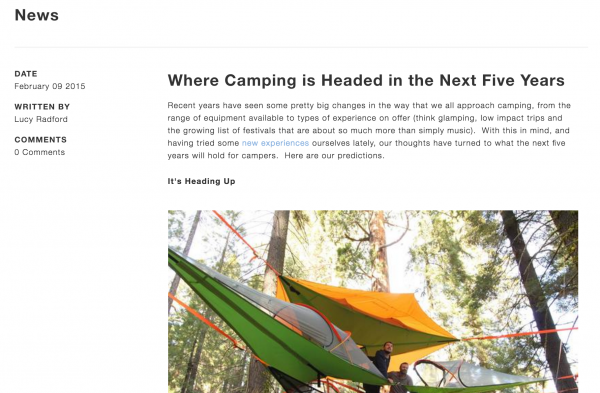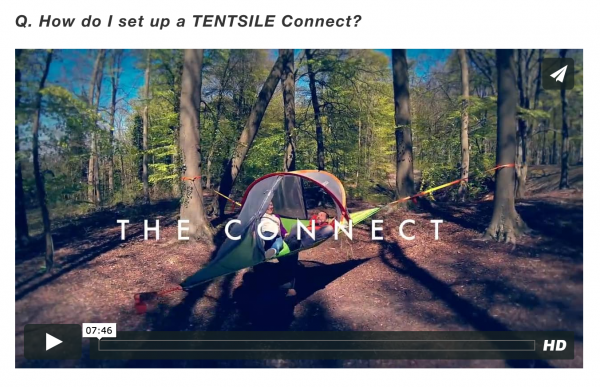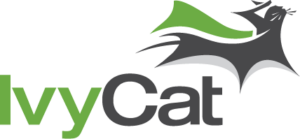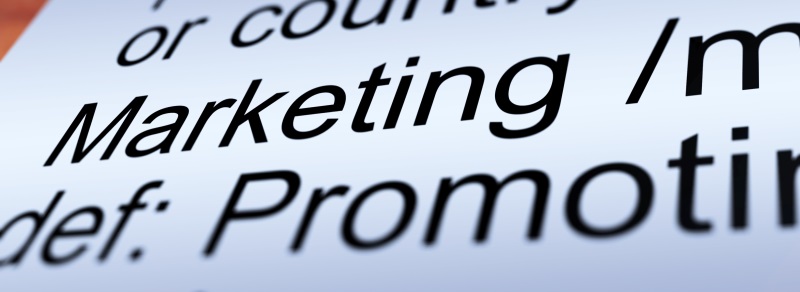Every e-commerce company out there has the same problem: how do you convince somebody to buy your product? The answer is through educational marketing. Customer education can be used at all stages of the buyer’s journey. From the awareness stage through the consideration and decision stages – and even beyond the purchase.
(The concept of the buyer’s journey is most often used in B2B marketing, but e-commerce sites with a consumer-directs focus can still gain a lot by thinking this way.)
If you think about the content you’ve watched, read, or listened to today, chances are some of it was part of an educational marketing initiative. Including a lot of the content you’ll find right here on this blog.
Customer education is a smart marketing tactic for any e-commerce company, but it’s especially important when you’re trying to sell bigger ticket items or subscriptions – something like the Dollar Shave Club, or Blue Apron – where the costs of returns and customer churn are much greater.
Here’s how to get started.
(A quick note: I’m going to talk about this concept in how it applies to marketing a specific product, but educational content can also be used in marketing your brand as a whole.)
Educational Marketing – How To Implement It For Your E-commerce Site
Educate your customers about their needs
In the early stages of the customer’s journey, you’ll need to educate your customers on exactly why they need your product.
This is often called the awareness stage of the buyer’s journey. In it, you’re making your customers aware of their pain. Maybe that pain is that’s all their favorite clothes have faded in the wash – that’s where Tide comes in to save the day. Or, maybe that pain is not finding time to go to the grocery store and get ingredients for healthy meals – enter Blue Apron.
In many cases, your customers may already be aware of the pain. If they’re experiencing acid reflux or sleepless nights, for example, they’re probably already searching for a solution. But other times, your customers may not realize that they need your solution. That’s where customer education becomes really important.
Let me give you a specific example from my week.
I love camping. Yes, you always have to find and clear a spot for your tent, but that’s just how things are. It’s annoying, but I’m not looking for a solution – why would I?
And then my aunt shared this video on Facebook.
[youtube https://www.youtube.com/watch?v=Hgx6lN5F6g4&w=560&h=315]
The instant I saw the video, I became very aware of my need to set up a tent without having to clear a spot, or contend with lumpy, wet ground.
I can’t stop obsessing about these tents. Just ask my husband.
Now, this video may not have struck the same chord with you, and that’s fine. You may not be Tentsile’s target market in the same way that I am.
In fact, that brings us to a good point:
Getting your customers to self-identify
The goal of customer education isn’t to try to convert every visitor or social media follower into a buyer. The goal of customer education is to create compelling pieces of content that cause your ideal buyers to self identify.
Because the Tentsile video is so unique and shareable, my aunt posted it on Facebook. Other people who saw it may have just shrugged their shoulders and moved on, but I looked at it and said, “Please, who can I give my money to?”
Best content types for Awareness Stage education:
- Promotional videos
- Infographics
- Traditional advertising campaigns
- Fun “gimmick” campaigns
Educate your customers about how to shop for a solution
Once your customers are aware of their needs, you need to start educating them about how to shop for the right solution. In the case of Tentsile, now that they have me daydreaming about my need for a good night’s sleep camping, they need to create educational content that nudges me towards their solution while I’m considering my options to solve my problem.
Basically, you want to make sure that once your customers are aware of their problem, they don’t choose a different solution entirely.
This type of content will straddle the gap between awareness and decision. It could come in the form of longer promotional videos that teach a customer more about your product and offerings. It could come in the form of blog posts that teach a customer about nuances and things they should consider.
For Tentsile, a good form of consideration stage educational marketing might be a video about how traditional tent camping causes excessive wear and tear on forests, whereas sleeping in a suspended hammock reduces your footprint. Or, this blog post about how camping is evolving.

Best content types for Consideration Stage education:
- Blog posts
- Videos
- Articles
- Email newsletters
- Infographics
Educate your customers about why your product is the right solution
Lastly, you need to educate your customers during the decision phase of their journey. Here, your customers are aware that they have a problem, they’re informed about the types of solutions out there, and they’re ready to hit the “Buy” button.
This is where you knock your customers’ socks off with information about why your solution is better than your competitors’.
At this stage, your customers aren’t looking for flashy advertisements and promotional videos – they’re looking for nuts and bolts content. How many nodes do your widgets have? How durable are the materials you use? How good is your customer service?
In the decision phase, your customers want the nitty-gritty details they need to know in order to choose your product over somebody else’s. This type of educational marketing comes in the form of things like this video from Tentsile’s FAQ page that shows how to set up their tents.

Best content types for Decision Stage education
- Website copy
- Blog posts
- Email newsletters
- Product descriptions
- Informational videos
- Case studies
- Spec sheets
- FAQ pages
A note about CTAs
Once you have your educational content mapped out to each stage of the buyer’s journey, take a minute to think about your calls to action. In the earlier stages of the buyer’s journey, those CTAs should be things like “Learn More.” It’s unlikely a customer will want to buy in the first minute they’re made aware of your product, which is why you want to try to lead them along and educate them further before pressing them to convert.
Save the “Buy Now” CTAs for educational content that’s further down the funnel.
Of course, this will vary depending on your product and target audience. The best thing to do is to A/B test your CTAs in order to see which ones are the most effective.
Do you use educational marketing to sell your products? What has your experience been? Let us know in the comments.

